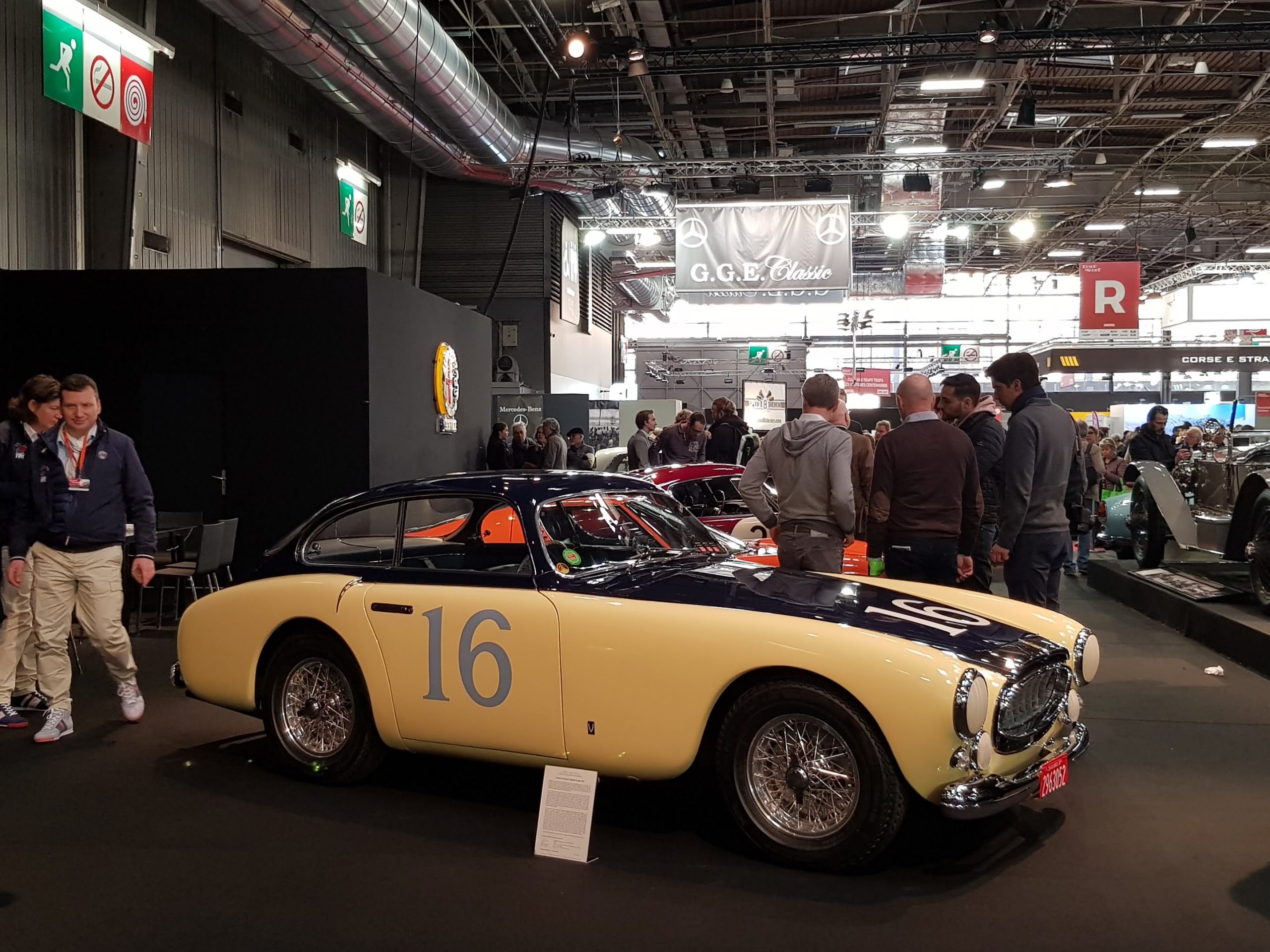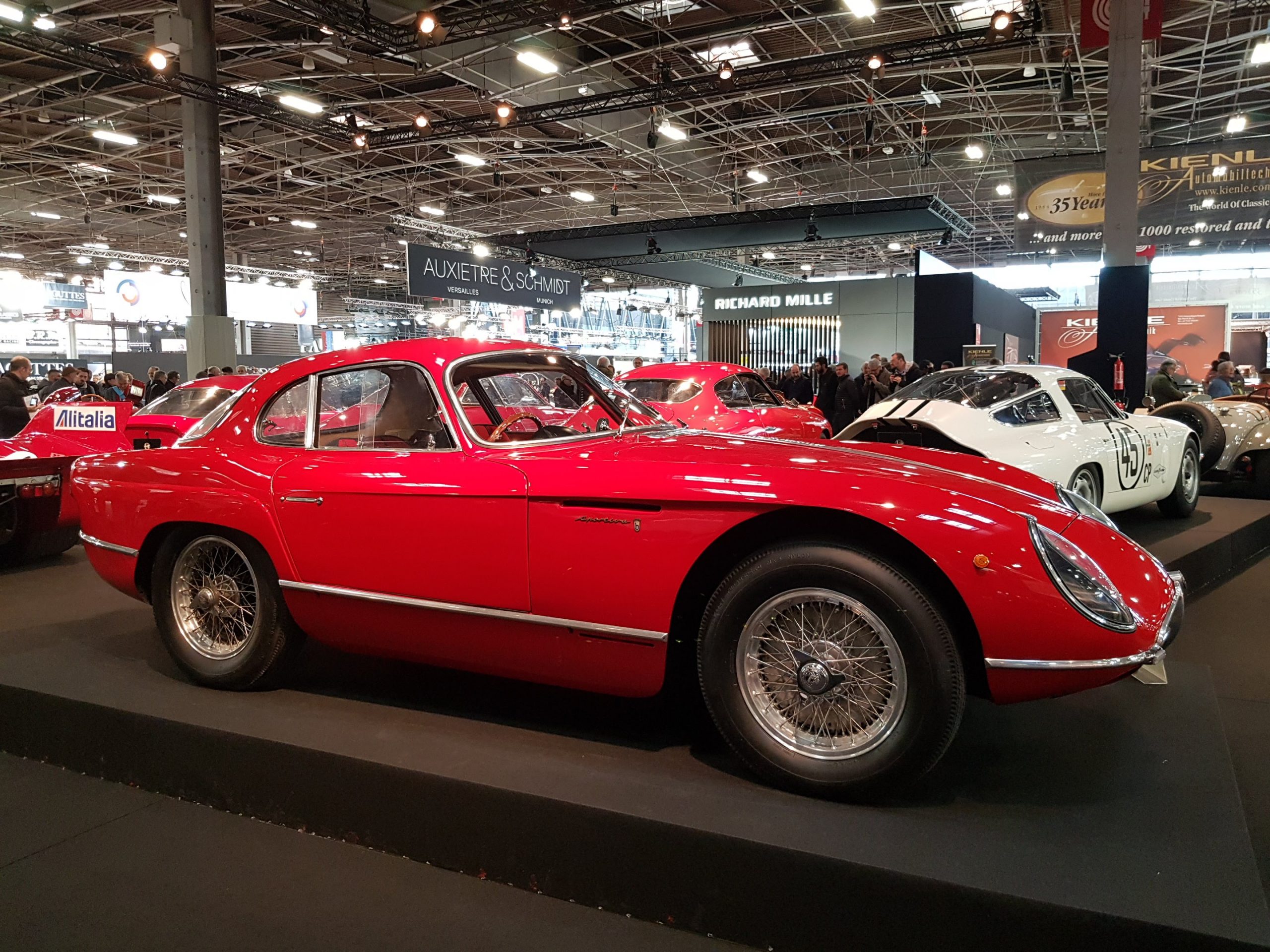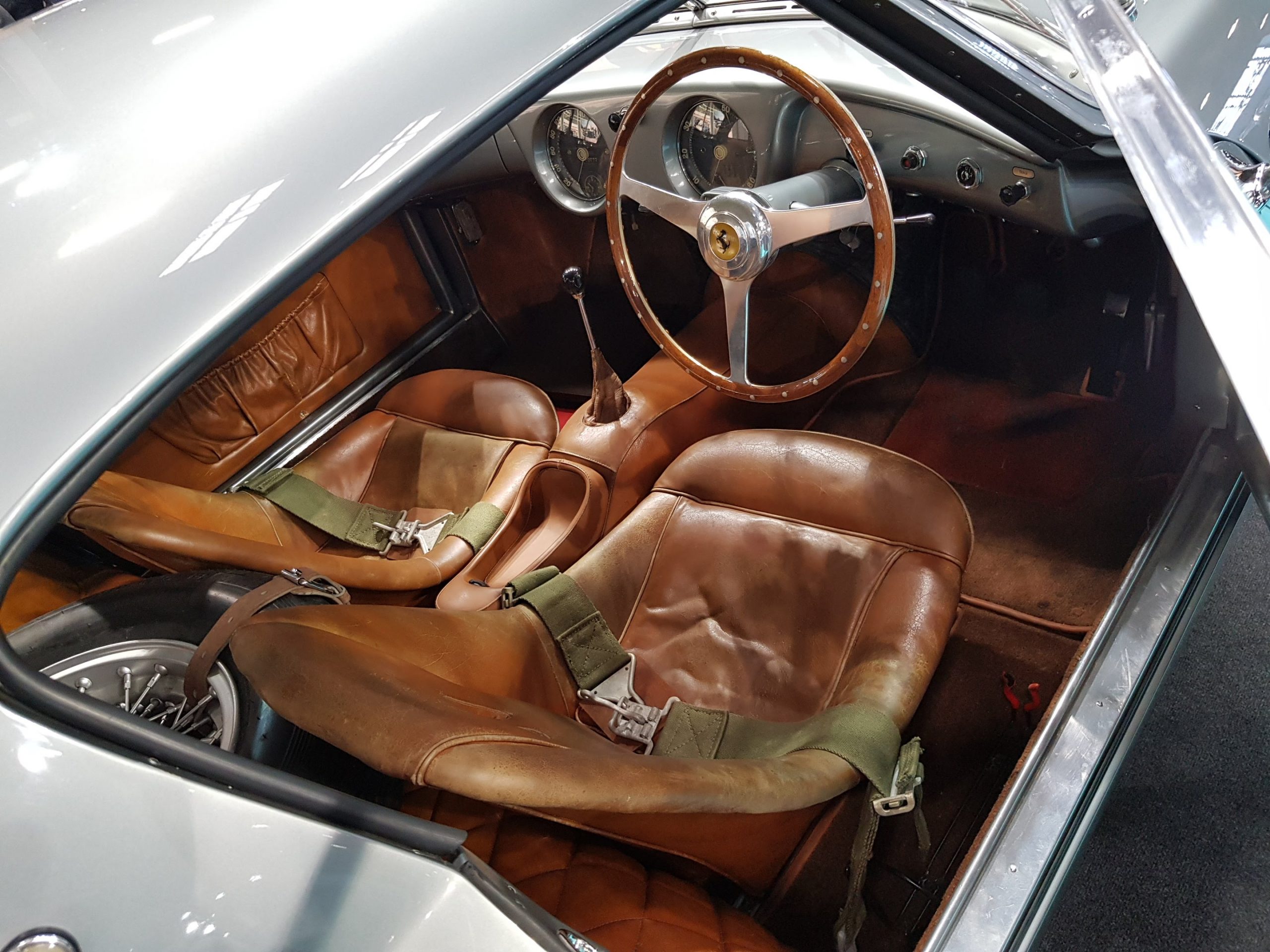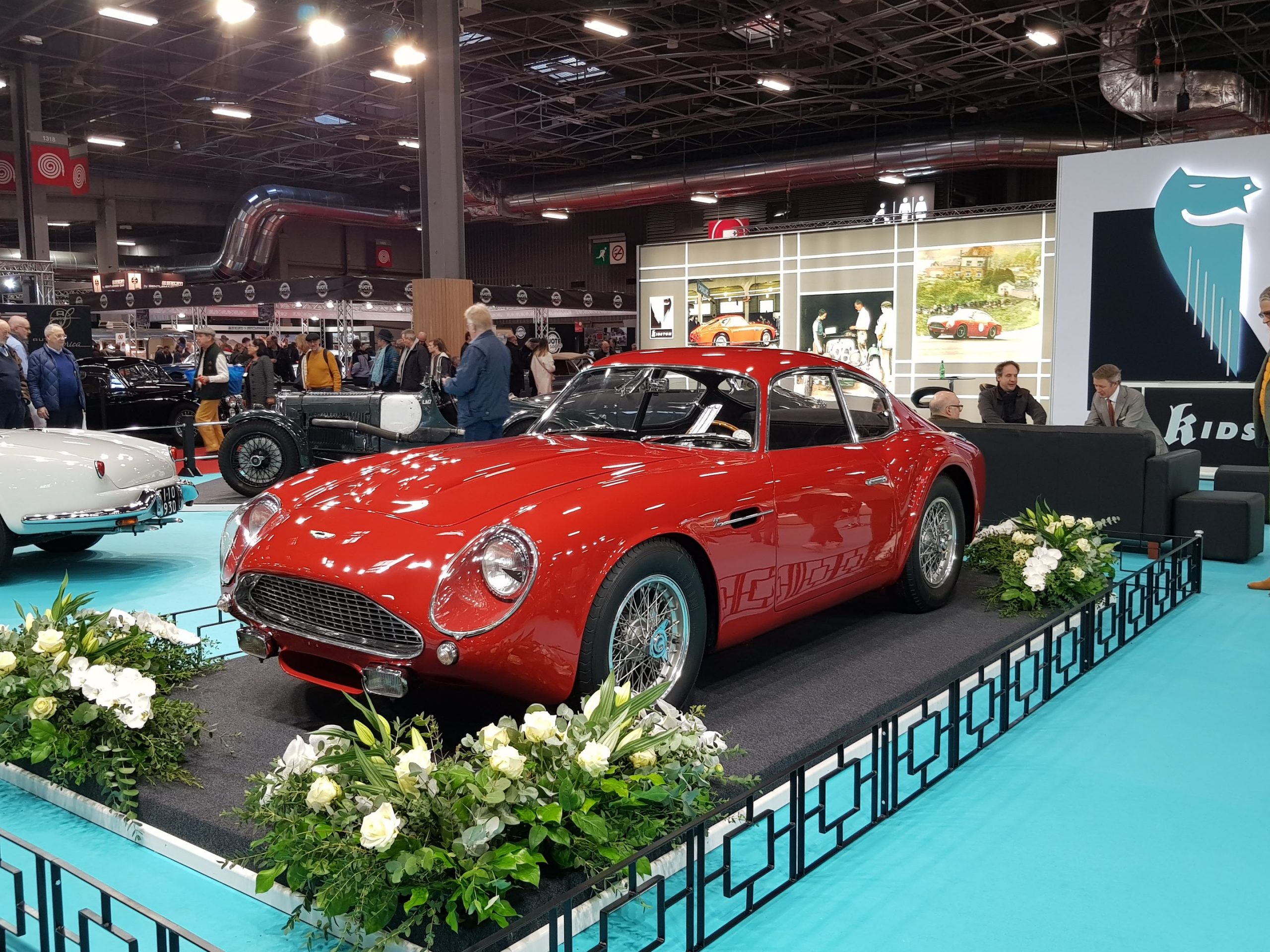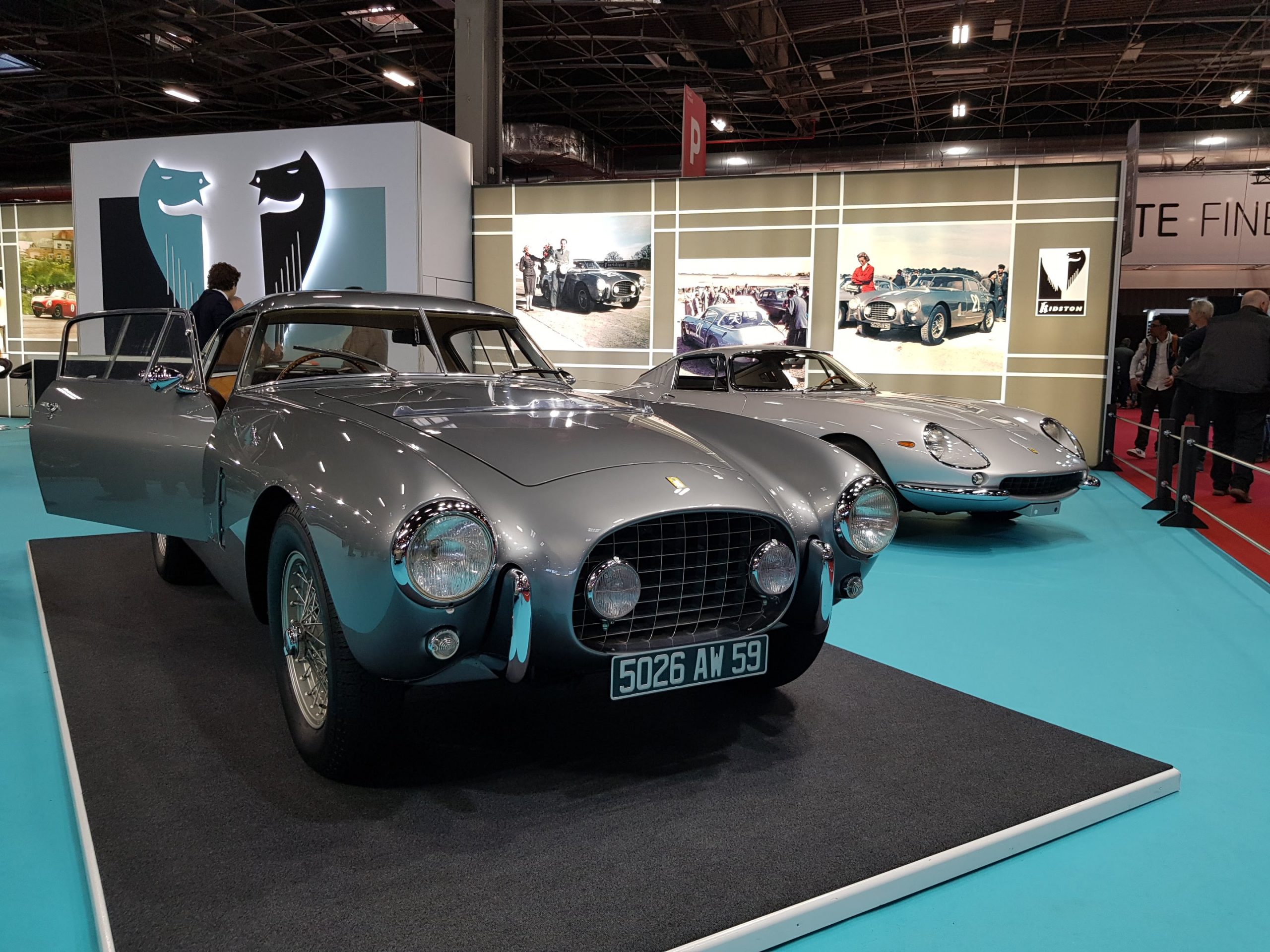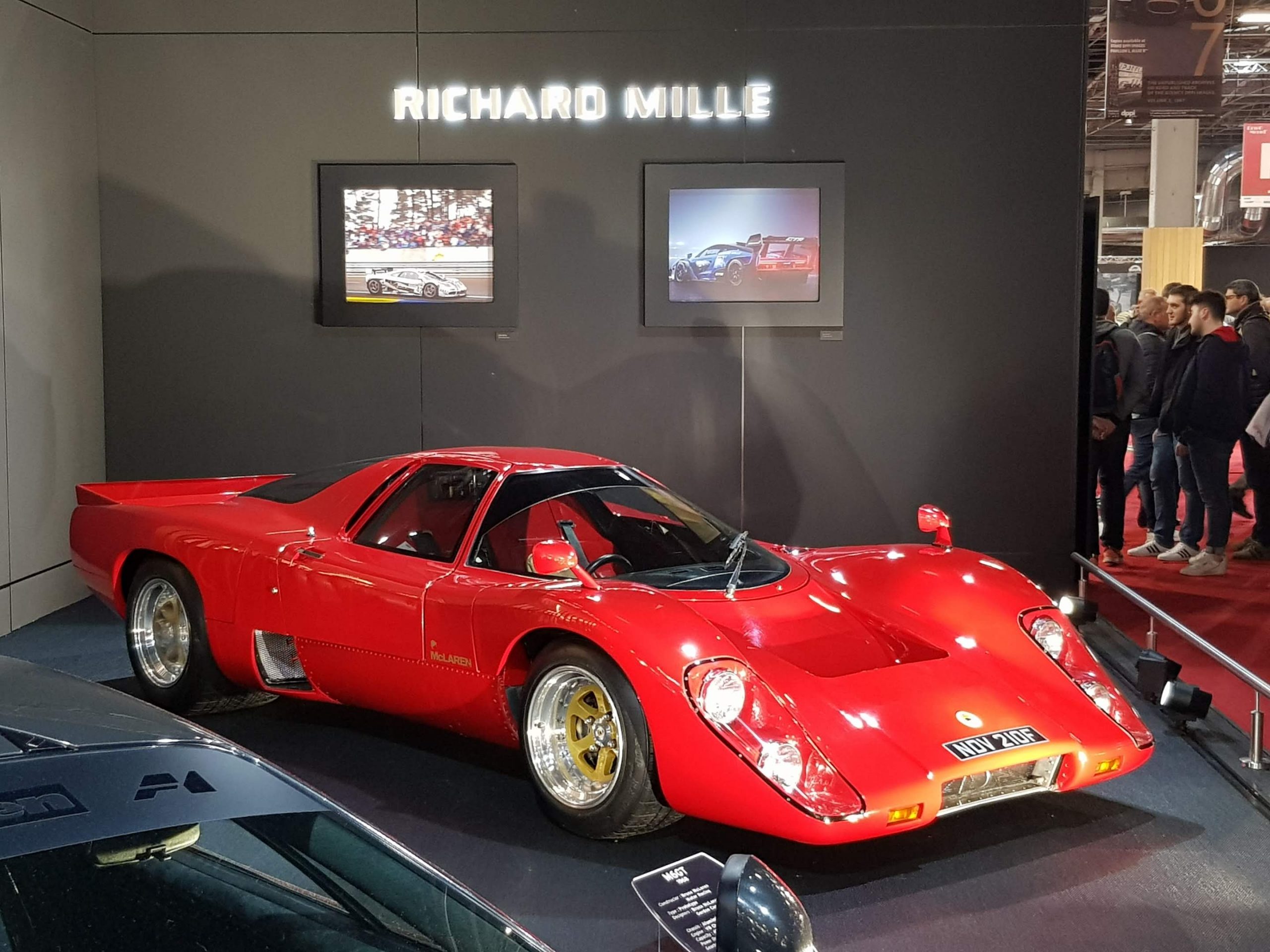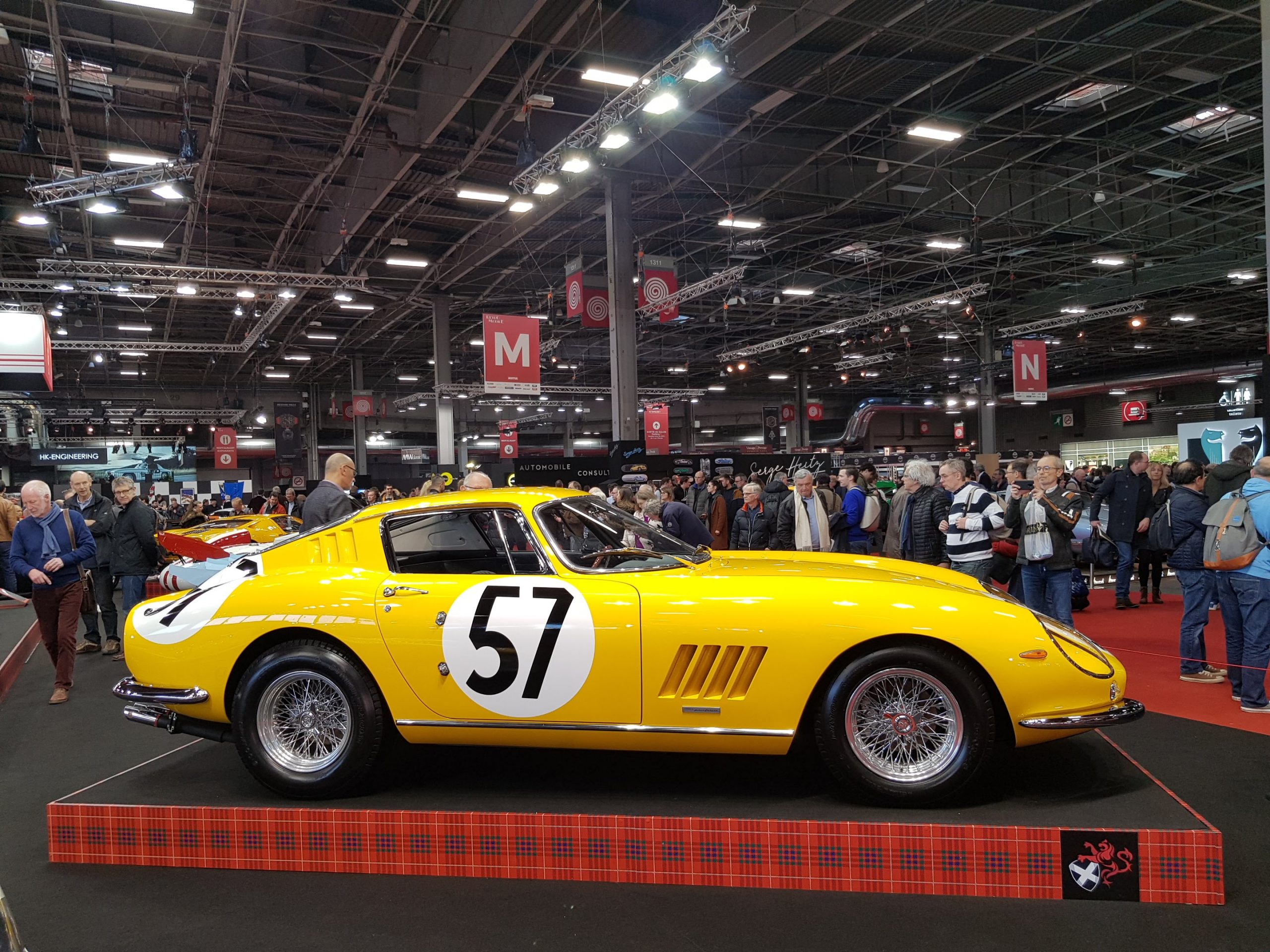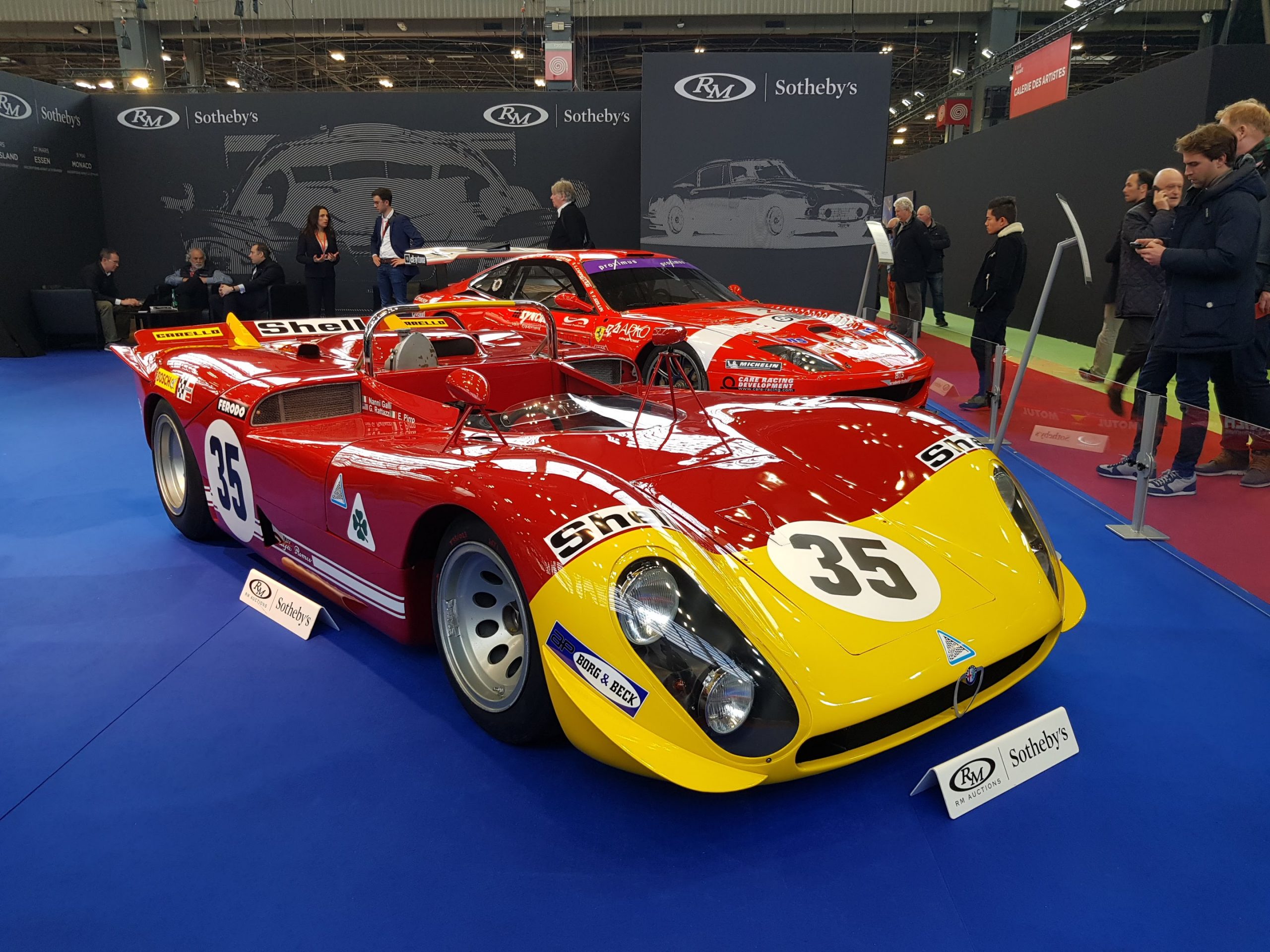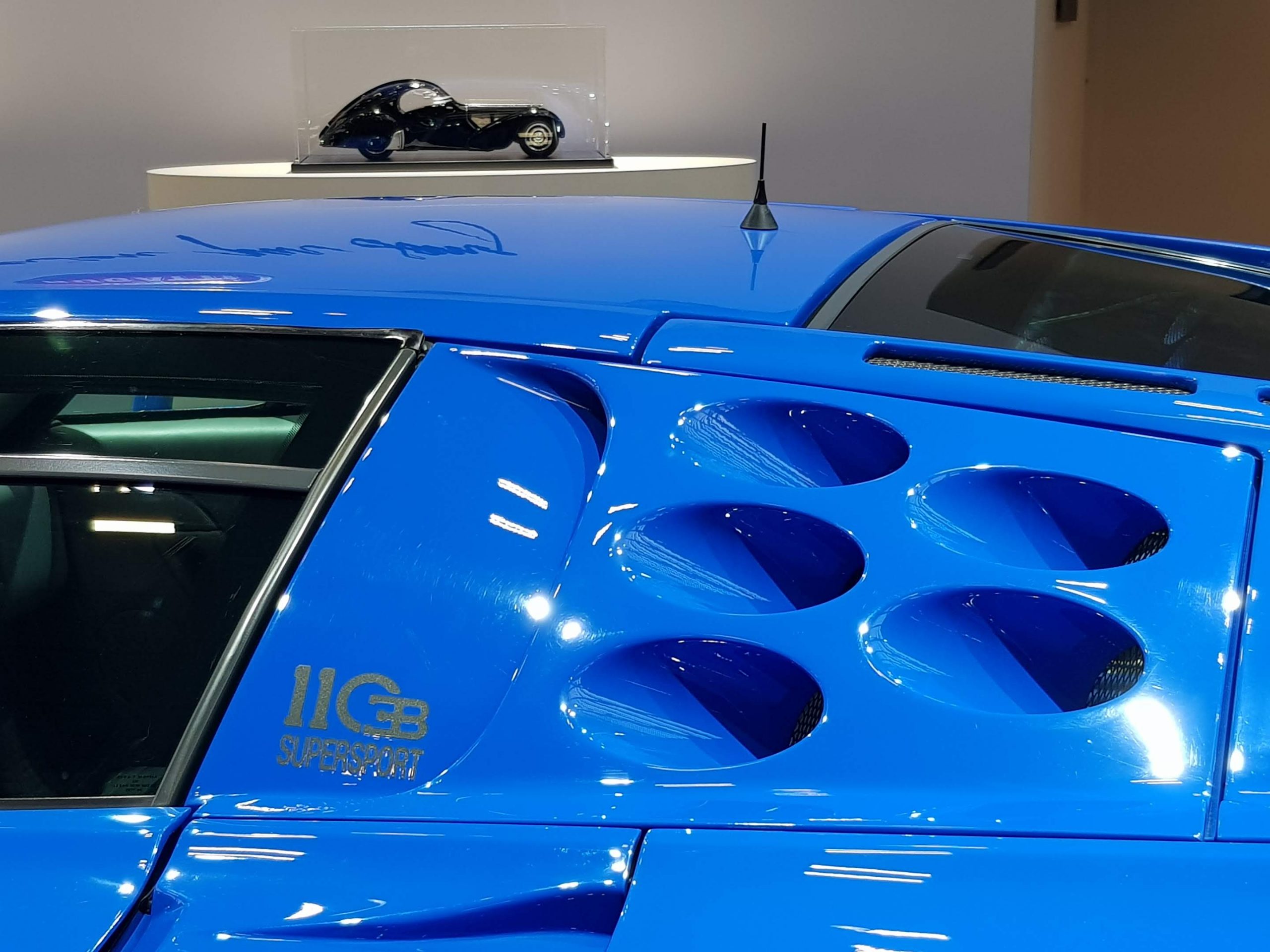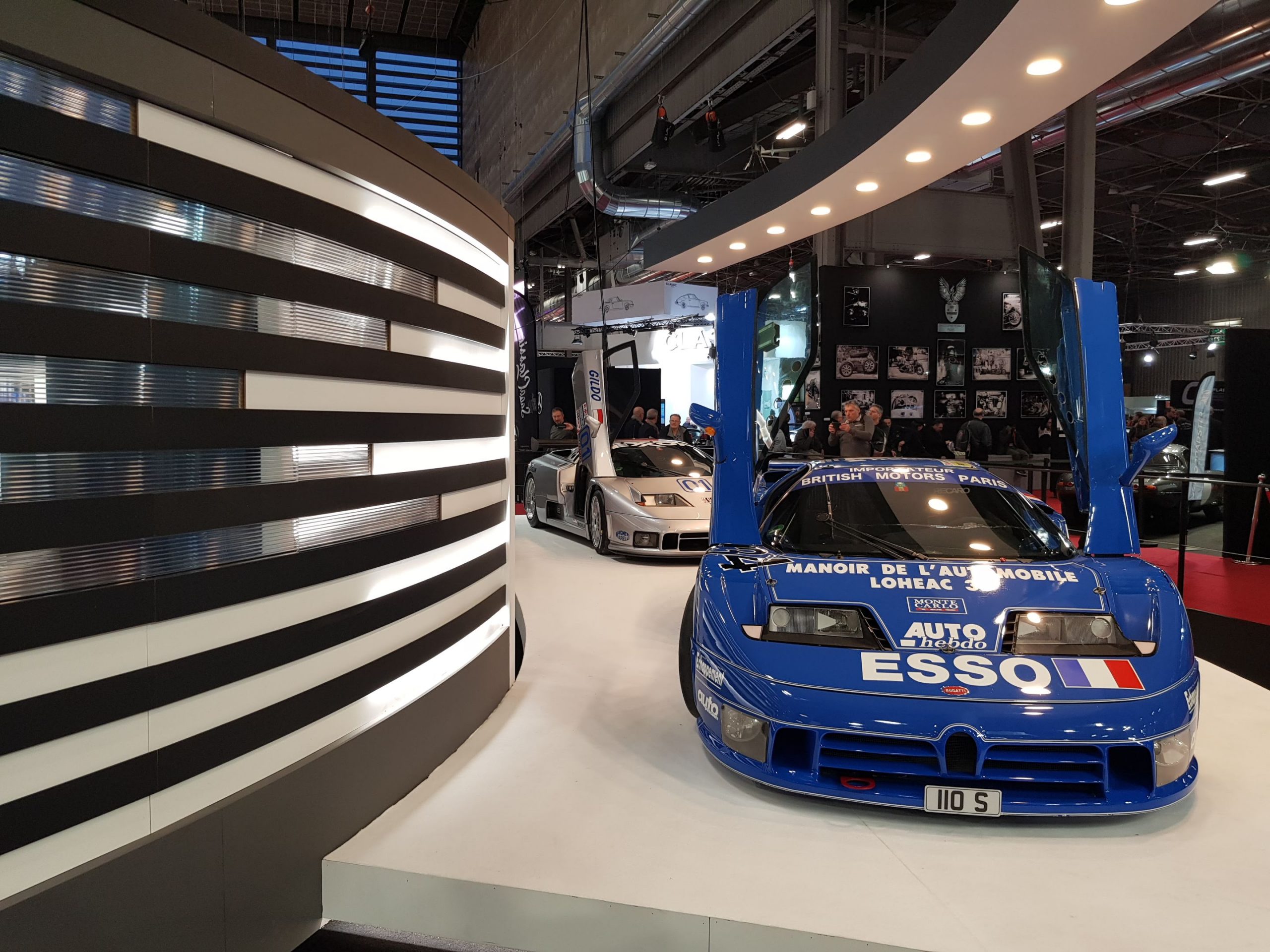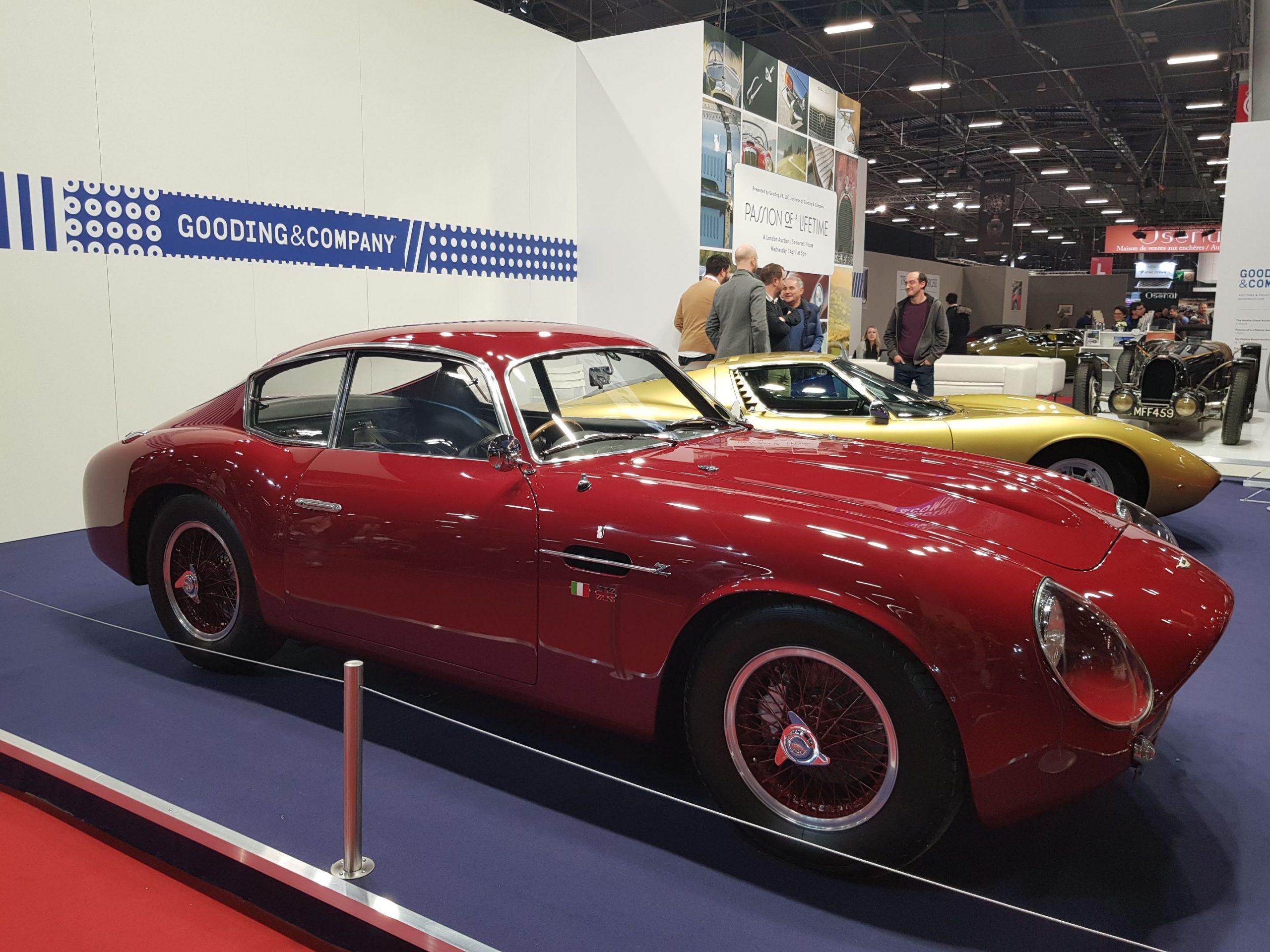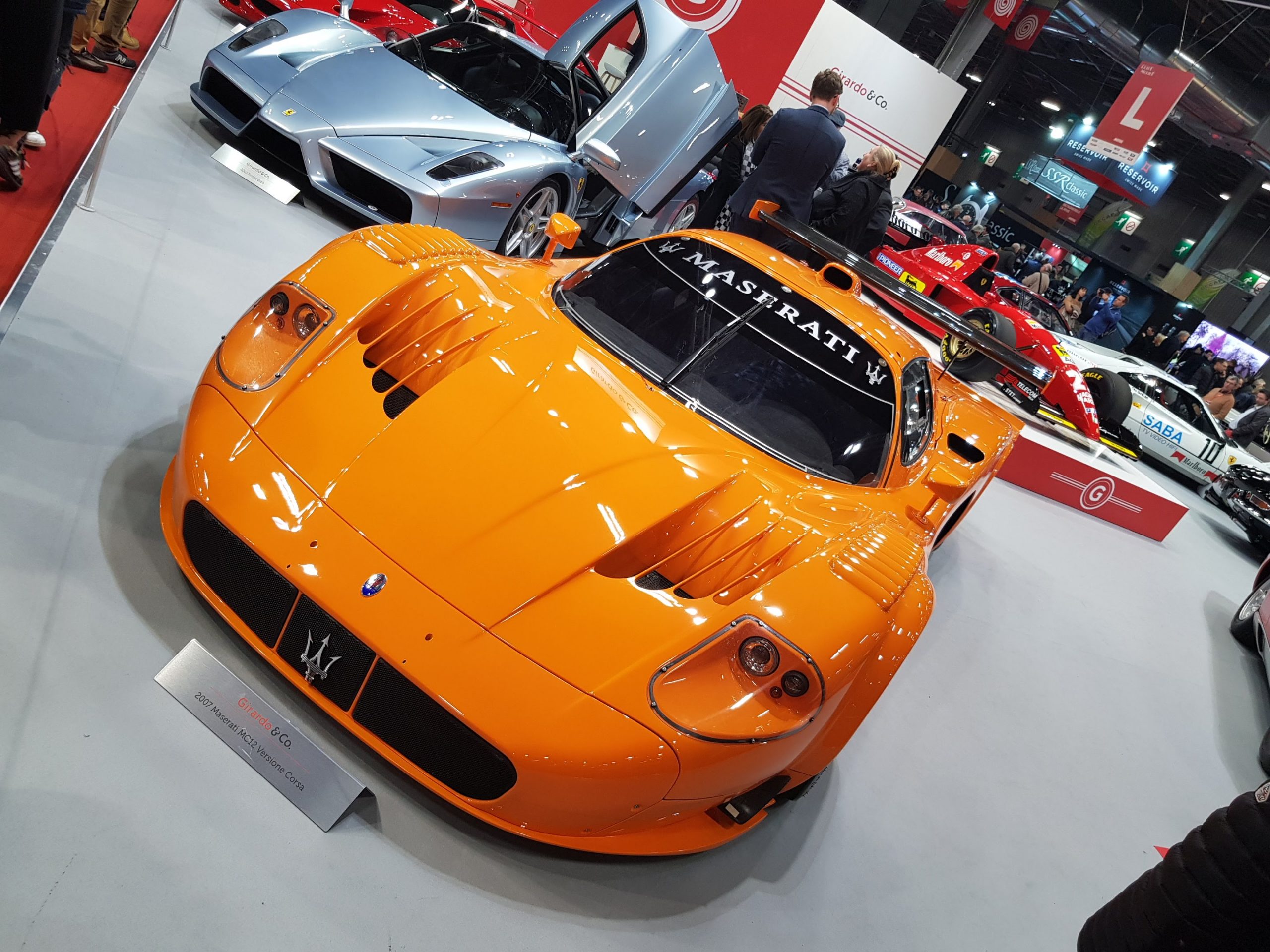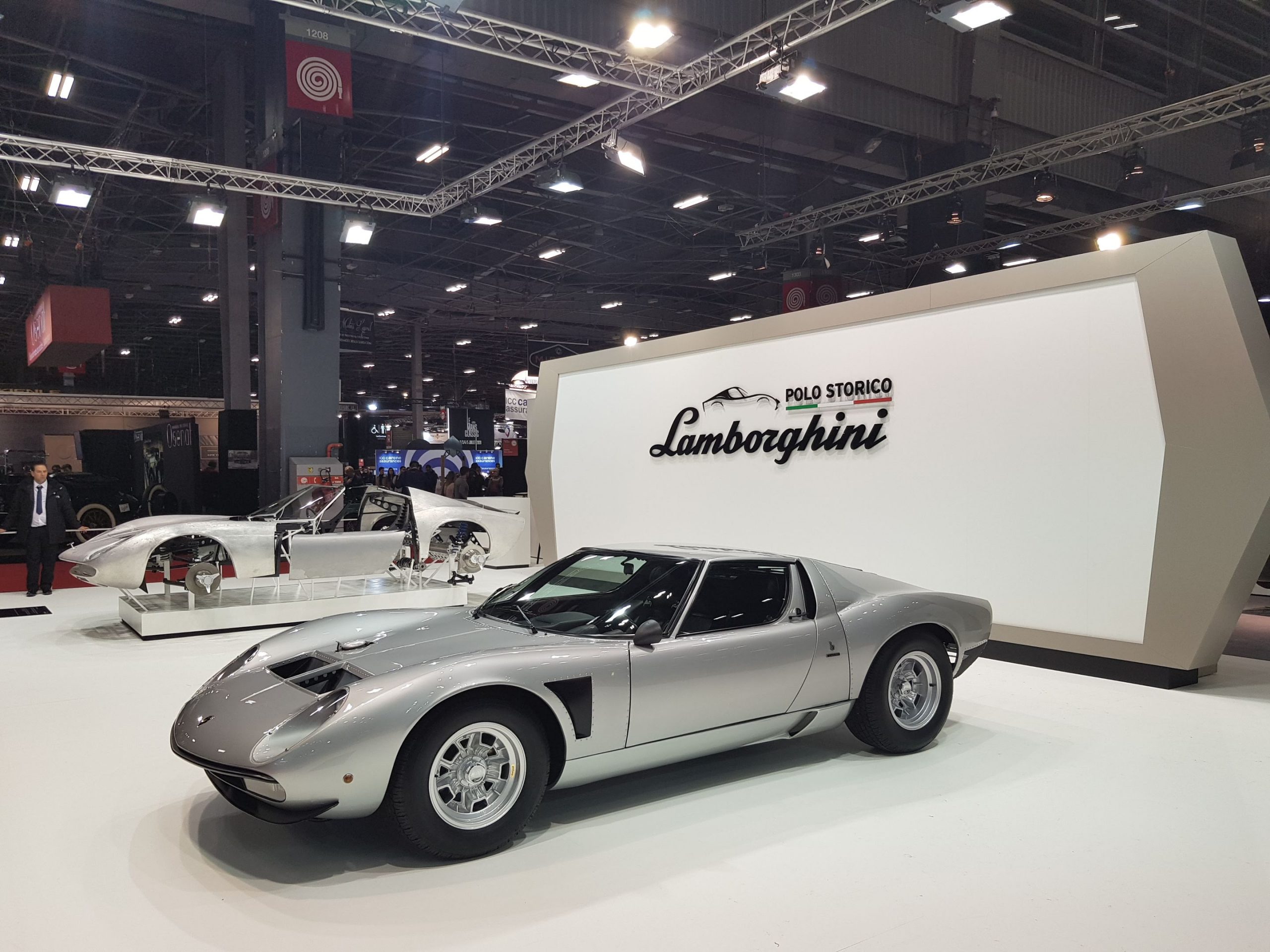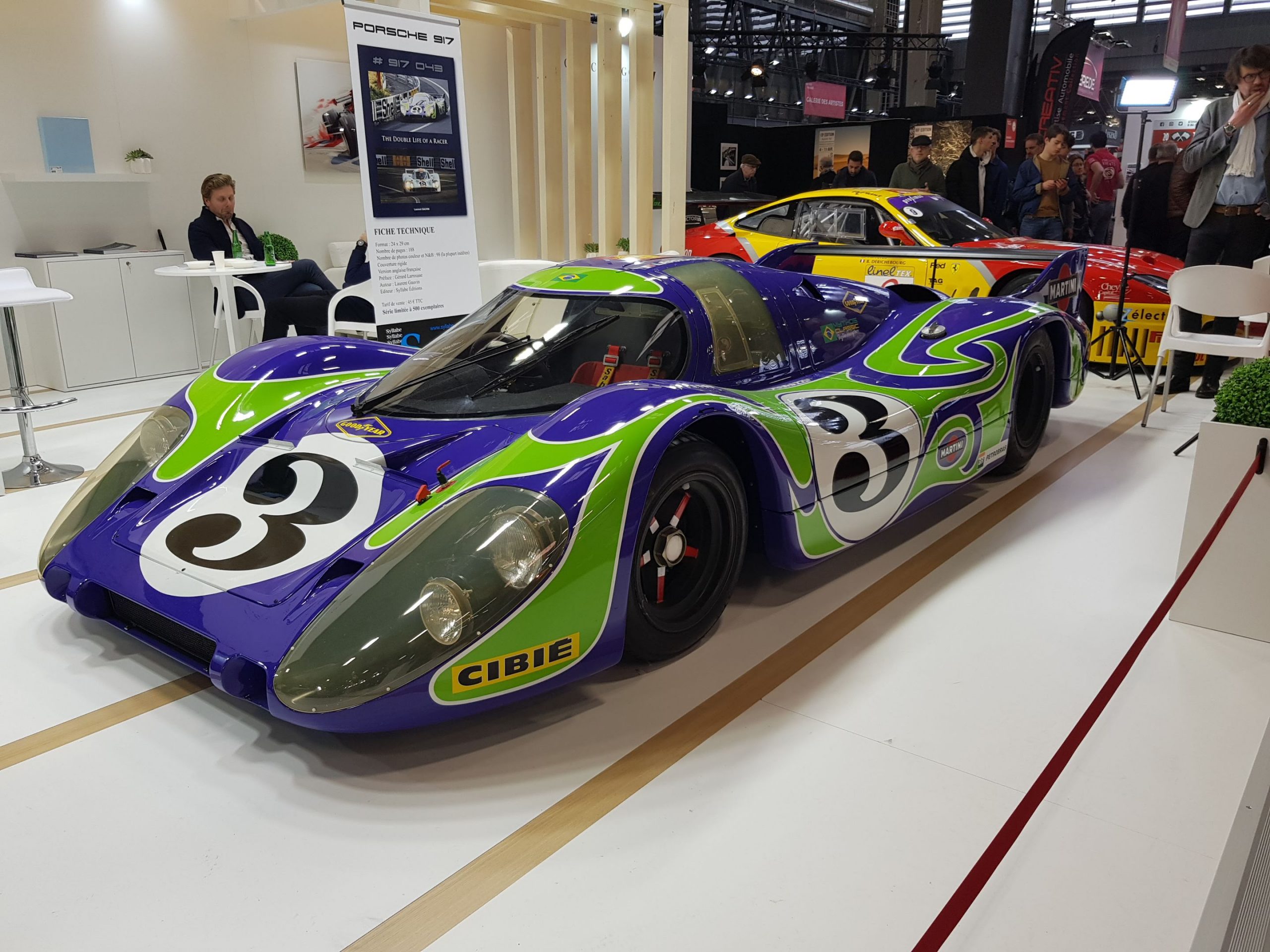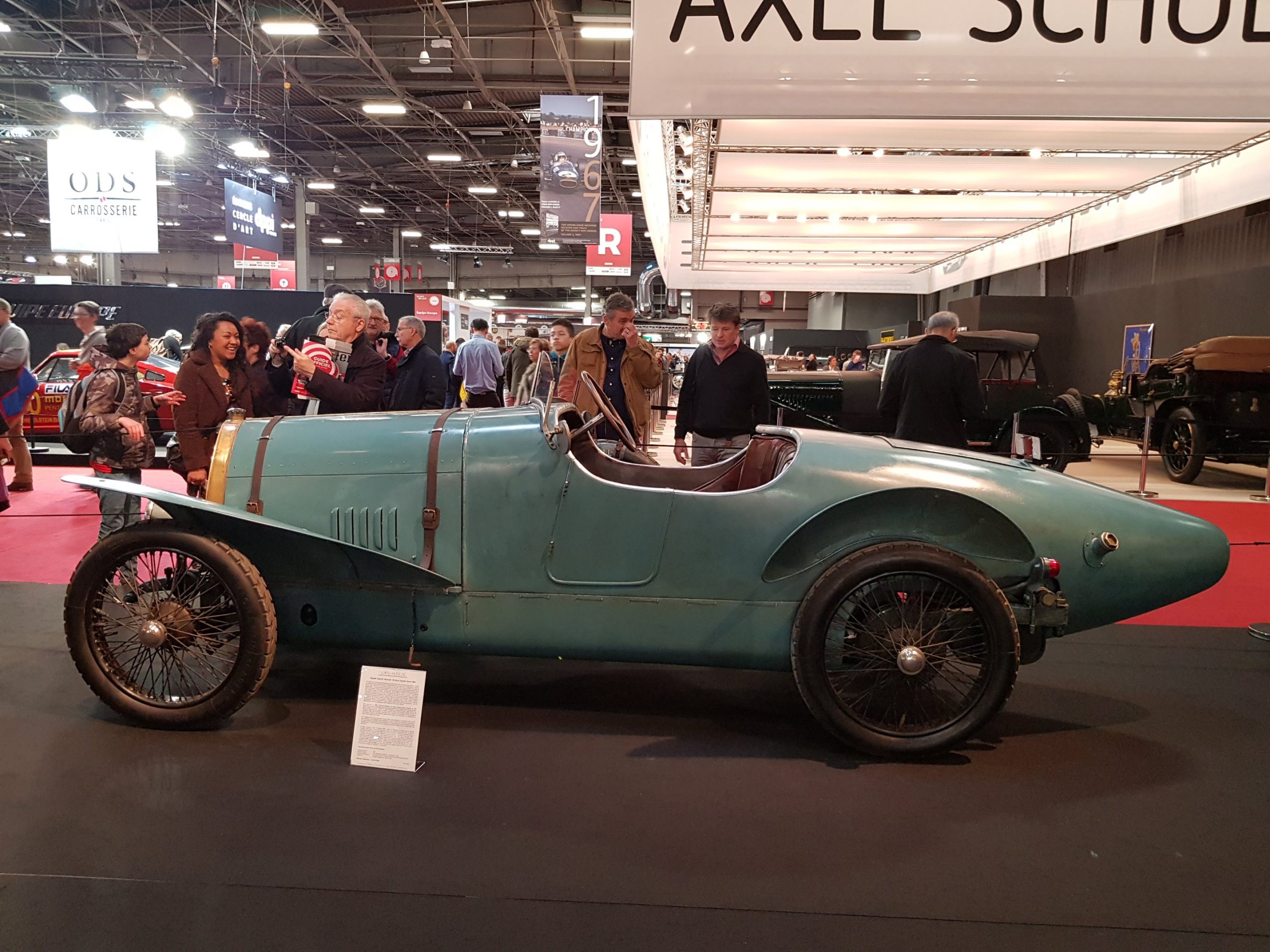RETROMOBILE 2020: CONFIRMATION OF THE PERFECT GT PROPORTIONS
Paris Retromobile is one of the finest classic car shows around in Europe. This year 620 exhibitors were present in 72,000 sq. ft. of exhibition space with 1.000 cars on show and over 120 car clubs in attendance. These figures are impressive but don’t say it all. The cars were the stars and if a one-line-statement is what you’re looking for, mine would be that car design is an art and that these pieces of yesteryears art should be treasured for good, just as the history of marques and cars and sometimes their drivers should be embraced as cultural heritage.
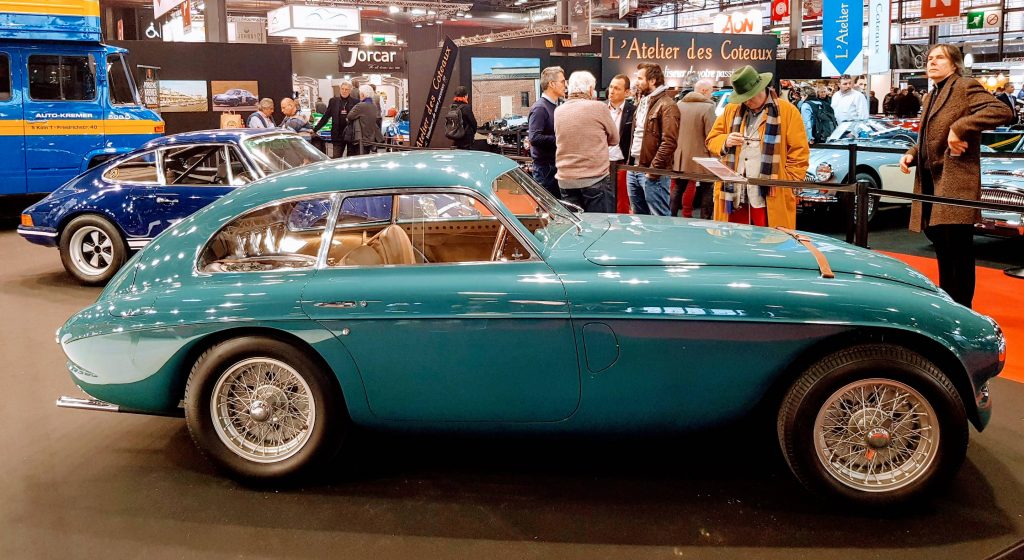
Retromobile, or rather classic car sellers like Lukas Hüni AG, Fiskens, Hamann Classic Cars and many others presented a magnificent selection of their most special automobiles. A lot of them dating from pre war to the golden years of car design (at least for me the 1950s and 1960s represent that era), but also many great examples were exhibited from the 70s, 80s, and 90s. Here’s a selection of some of the masterpieces there.
Richard Mille presented a magnificent line-up of McLaren F1s assembled to mark the 25th anniversary of the three-seat supercars sensational triumph at Le Mans in 1995. In the same hall one of only three Ferrari 330 P4’s was presented to the visitors as was a Bugatti Type 59 Sports. Well, to pick the Star of the Show was hard.
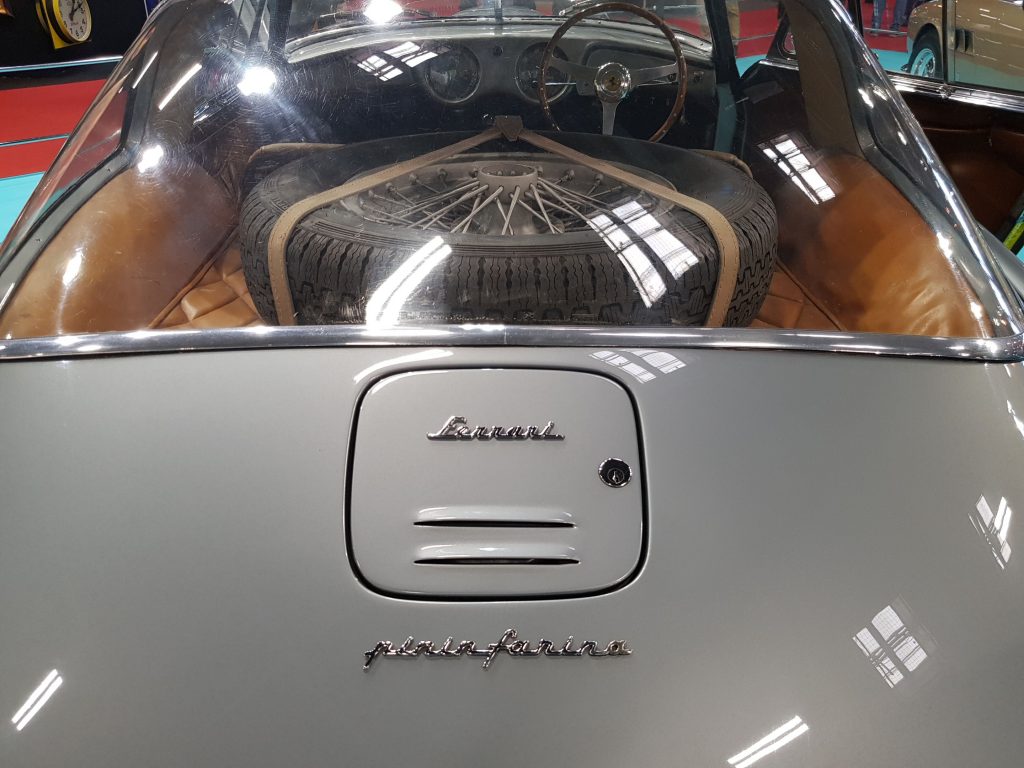
Or was it? While browsing the splendid furnished halls – three in total of which hall 1 could be named ‘hall of fame’ – I noticed my preference for a certain styling, a specific car design. Not for the first time, come to think of it, but after being swept of my feet by an AC/Bristol Aceca, an Aston Martin DB 2/4 GT and a Ferrari 166 Inter Touring Coupe it became clear to me. The GT- or coupe lines of the 1950s (or hatchback-avant-le-lettre-design if you want) mixed with small tail lights for me are the pinnacle of car design.
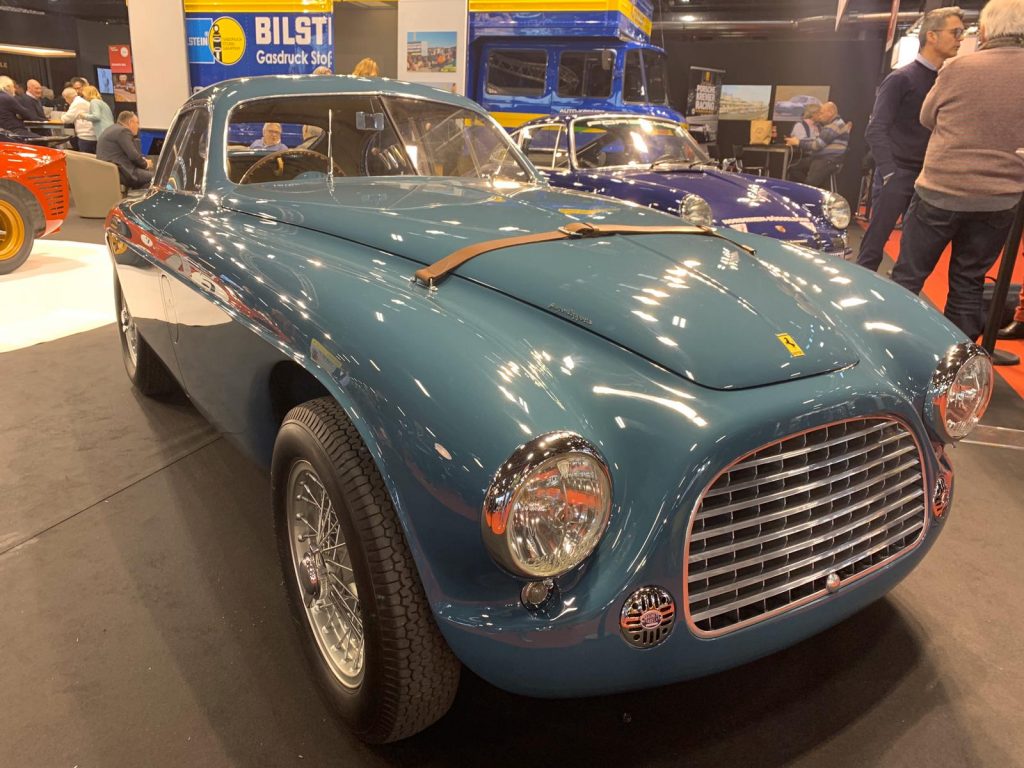
GT cars with long hoods and cockpits placed close to (if not on top of) the rear axle for me can’t be beaten by any other car design. Great examples, next to the above mentioned GT’s or coupes, are the Ferrari 250SWB, Aston Martin DB4GT (Zagato!), E-type Jaguar coupe, and even Triumph GT6 mk1 and mk2, to name a few. Especially Italian designers mastered this design principle.
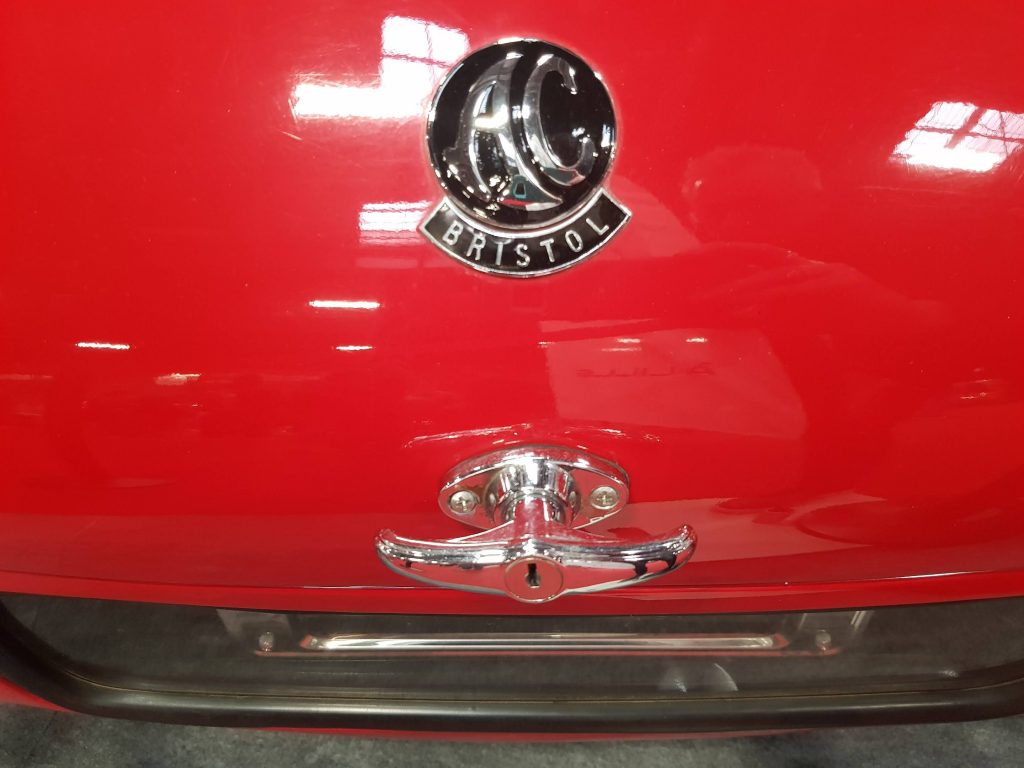
So, to name the Star of the Show was not easy at all, apart from the fact it had to be a GT. My choice might be suprising. Because there were more special and unique GTs presented at the show with more appealing history. But the AC Aceca deserves the lime light. Because I feel it’s an underrated GT.
AC Cars – short for Auto Carrier Cars – is one of the first British automobile manufacturers, with production dating back to 1901. The company established a successful competition record in the years between the wars and emerged intact in the post-war era to produce one of the most significant sports cars in history. That car was the AC Ace, an open two-seater sports car based on a design originally created by John Tojeiro. The AC Cobra was based on this car.
As was a second model, the AC Aceca, which was introduced at the 1954 London Motor Show. The Aceca was designed to be an attractive coupe variant of the Ace roadster, but with greater refinement and luxury features.
The Aceca’s chassis was similar to the Ace’s tube frame and independent suspension, with heavier duty main rails and an extra cross member. The chassis was also more highly developed and received rubber mountings on the differential to reduce vibration and noise within the closed cabin. Fiberglass panels were also placed between both the front and rear bulkheads of the cabin, to provide added sound insulation. The cabin was finished with leather, wood, and wool carpeting, further adding to the coupe’s refinement.
Performance of both the Ace and the Aceca was transformed in 1956, when the optional Bristol 1,971-cubic centimeter inline six was first offered. The Bristol engine raised advertised horsepower from 90 to 105 (or 125 in D2 tune). Both the roadster and coupe were raced with great success, including class victories at Sebring in 1958 and 1959, as well as a class victory at the 24 Hours of Le Mans in 1959.
151 Acecas, 169 Aceca-Bristols and 8 Ford-engined models had been built when production halted in 1963. The AC Aceca still is one of the best examples of GTs with perfect proportions. Paris Retromobile 2020 helped us reminding.
